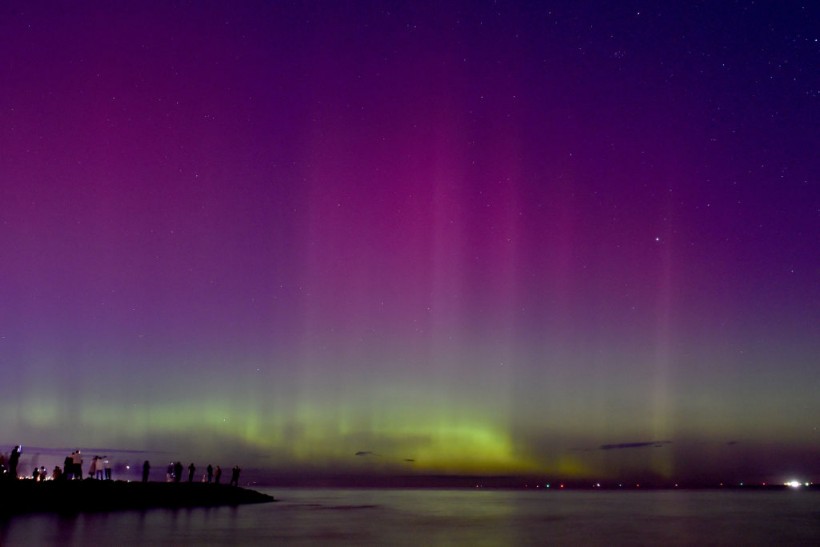
Zoology
Zoology is the scientific study of animals, encompassing topics related to the biology, behaviour, structure, evolution, classification, and distribution of animals.
Zoology is the scientific study of animals, encompassing topics related to the biology,... View more
Space Weather Monitors Return of Sunspot Clusters; Geomagnetic Watch Issued
-
Space Weather Monitors Return of Sunspot Clusters; Geomagnetic Watch Issued
The latest NOAA Space Weather Prediction Center report showed that a strong (R3) flare was observed on May 31 from NOAA/SWPC Region 3697. Flares can potentially affect users of high-frequency radio (HF) and disrupt communication signals.
The flares and sunspot clusters will help provide new insights into their activities. In a recent report, the flare peaked at the end of May. The sunspot activity resurgence managed to reappear after a period of inactivity.
The return of sunspot cluster and potential geomagnetic storm

Aurora australis or southern lights. Auroras are likely during Geomagnetic storms, according to reports. Additionally, strong CMEs can potentially affect communication signals, satellite operations, particularly high-refrequency radio. Recently, NOAA monitored a strong flare on May 31 (Photo : by PAUL CROCK/AFP via Getty Images) According to a report, this cluster helps unleash intense geomagnetic storms, which could bring sightings of auroras. It was observed at 124,300 miles wide, potentially producing M-class flares and additional flares from May 30 to 31.
The June 1 report by the NOAA Space Weather Prediction Center explains that a flare is an eruption of solar energy. These flares can likely last minutes or hours. The frequency of flares can lead to signal loss and temporary degradation of HF radio signals.
Additionally, there are chances that strong flares can unleash geomagnetic storms. Potential Auroras are likely, particularly in the northern and upper Midwest states. These can result in disruptions in satellites and power grids.
On May 30, the recent NOAA report announced a Geomagnetic Storm Watch for May 31 to June 1. The report noted that a CME associated with the X1.4 flare could affect the Earth’s magnetic field. Region 3697 produced this.
CME, known as coronal mass ejection, refers to an eruption of solar material with the potential to arrive on the planet. This leads to Geomagnetic storms and watches. Similarly, people can see Aurora from New York to Idaho.
Based on the recent NOAA forecast highlights, sunspot and flare activity was also detected. Region 3697, which is known as Region 3664, produced flares. Additionally, the report explains that the active regions 3691 and 3697 have the potential to keep flare probabilities higher than normal.
According to the highlights, the said two sunspot clusters returned from regions from Early May. These helped with the frequency of M-class flares or the R1-R2 Minor-moderate. The old RGN 3664 was considered the source of the stronger activity.
In a report on May 21, NOAA Space Weather monitored a far-side halo CME observed in NASA/SOHO coronagraph imagery.
More facts about Geomagnetic Storms
Geomagnetic storms are disturbances occurring in the Earth’s magnetosphere, which is associated with CMEs. When they emerge in space, they may take days before hitting Earth.
Furthermore, the report explains that it has expected effects. For power systems, there is a chance of weak power grid fluctuations. Additionally, spacecraft operations can experience minor impacts on satellite operations. Animals can likely become affected.
Related Article: NOAA Forecasts 60% Chance of Radiation Storm Hitting Earth This Week
For more similar stories, don’t forget to follow Nature World News.
© 2024 NatureWorldNews.com All rights reserved. Do not reproduce without permission.
Sorry, there were no replies found.
Log in to reply.
